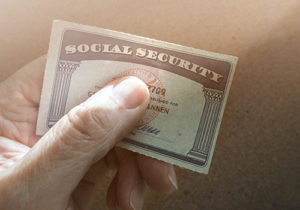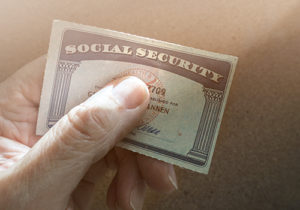Protecting Your Personal Information
By Dawn Bystry, Associate Commissioner, Office of Strategic and Digital Communications
In light of recent reports regarding data breaches, the Social Security Administration (SSA) wants to emphasize the significance of protecting your personal information. It’s important to remember, however, that these are not related to the SSA’s internal systems or data, neither of which have been compromised.
Criminals might use your Social Security number (SSN) to steal your identity, which can lead to a range of problems.
What to Do If You Suspect Your SSN Has Been Stolen
Identity thieves often use your SSN and other personal details to apply for loans, acquire credit cards, and open phone or utility accounts under your name. If you believe your information has been stolen, here’s what you should do:
-
Report the Theft:
- Visit IdentityTheft.gov to report the theft and obtain a recovery plan. This is a centralized resource managed by the Federal Trade Commission (FTC), the nation’s consumer protection agency. You can also call 1-877-IDTHEFT (1-877-438-4338) to report the theft.
- File a police report and keep a copy for your records. This may be helpful should problems arise in the future.
- You can file a report online with the Internet Crime Complaint Center (IC3) at ic3.gov. IC3 is responsible for handling and referring cybercrime complaints to law enforcement and regulatory agencies.
-
Contact Credit Bureaus and Consider Credit Protection:
- Notify one of the three major credit bureaus. They are required to contact the others.
- Equifax: 1-800-525-6285
- Experian: 1-888-397-3742
- TransUnion: 1-800-680-7289
- Consider placing a credit freeze, a fraud alert, or both on your credit report.
- Notify one of the three major credit bureaus. They are required to contact the others.
-
Monitor Your Credit and Report Potential Tax Fraud:
- Regularly review your credit report for any unusual activity. You can obtain free credit reports at AnnualCreditReport.com.
- Contact the IRS if someone might be using your SSN to file a tax return to receive your refund. Visit Identity Theft Central or call 1-800-908-4490.
For more information, read the SSA blog post, “Protect Yourself from Identity Thieves,” and the publication, “Identity Theft and Your Social Security Number.”
Additional Steps to Protect Yourself
In addition to the above steps, consider these practices:
-
Manage Your Online Account: Consider creating or signing in to your personal my Social Security account to monitor for suspicious activity. If you haven’t applied for benefits, you should be able to access your Social Security Statement and view future benefit estimates there.
-
Review Your Earnings Record: Check your Social Security Statement to ensure the accuracy of your earnings to make sure no one else is using your Social Security number to work.
-
Utilize Security Features: If you receive benefits, you can add blocks to your personal my Social Security account.
- The eServices block prevents online access to your personal information (including by you) and prevents changes.
- The Direct Deposit Fraud Prevention block prevents changes to your direct deposit or address information through “my Social Security” or a financial institution (via auto-enrollment).
-
Safeguard Your Card and Information:
- Avoid carrying your Social Security card with you; keep it in a secure place at home.
- Be cautious about whom you share your SSN with.
- Regularly change your passwords and use unique passwords for each account.
- Use multi-factor authentication for your online accounts whenever possible.
-
Be Aware of Scams: Be wary of scammers posing as Social Security employees: if you receive a suspicious call, text, or email regarding your Social Security number or your account, do not respond. Report the scam and learn more about how to protect yourself at Protect Yourself From Scams.
Additional fraud prevention tips are available at the SSA’s Fraud Prevention and Reporting page. Please share this information with your family and friends.



